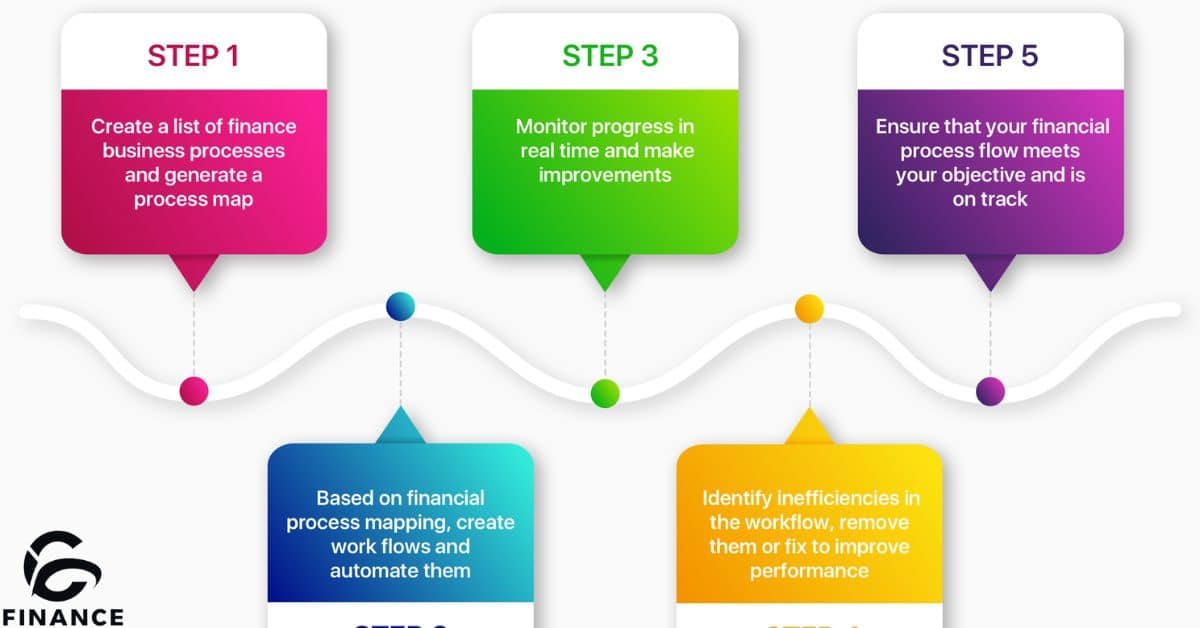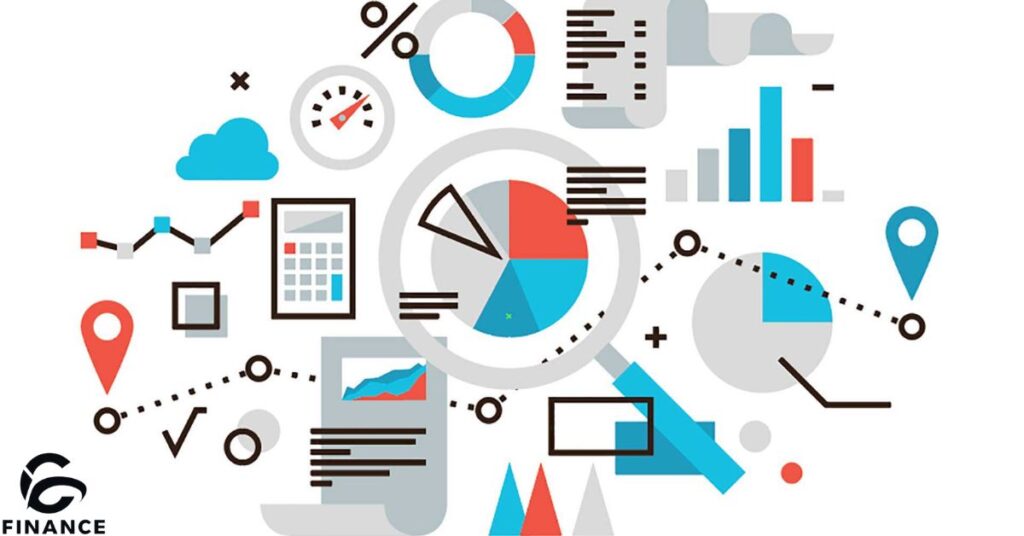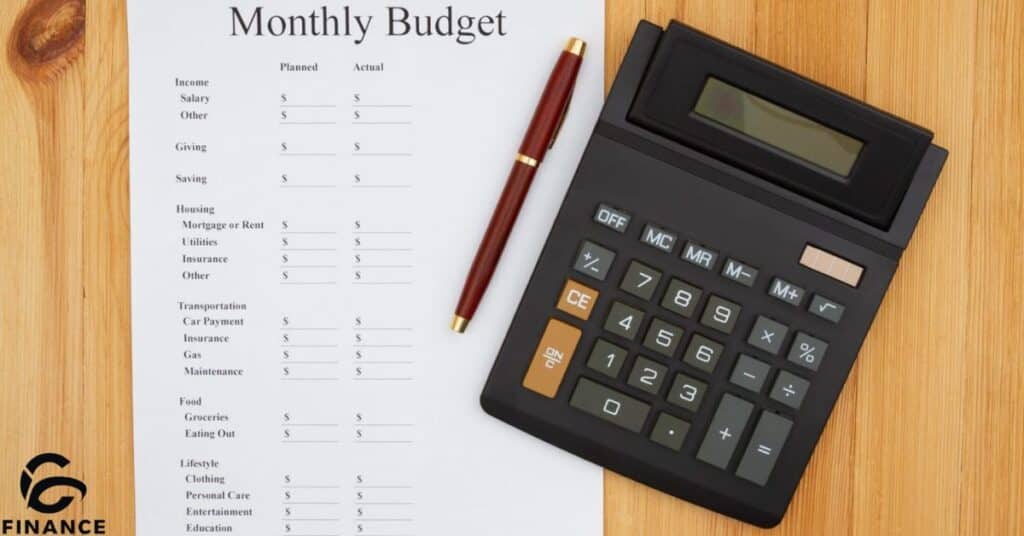Budgeting has become more efficient with the introduction of online apps, surpassing the traditional pen and paper method. These digital tools offer real-time tracking, ensuring users stay up-to-date with their finances. With automation features, managing expenses has become streamlined and less time-consuming.
Online budgeting apps provide users with real-time tracking of their financial transactions. This immediate insight allows for informed decision-making on daily expenses. By categorizing transactions automatically, users can identify trends and adjust their budgets promptly.
Automation is a key advantage of online budgeting apps, eliminating the need for manual input of transactions. Recurring expenses and savings contributions can be set up seamlessly, saving time and reducing errors. With income distributed into budget categories automatically, users can adhere to financial plans effortlessly.
Real-time Tracking for Informed Decision Making
Real-time tracking is essential for making informed financial decisions. With real-time tracking, individuals can stay updated on their spending habits instantly. This enables them to adjust their budgets promptly.
By utilizing real-time tracking features, users gain a clear understanding of their financial status. They can monitor their expenses as they occur, helping them to identify trends and areas for improvement. This level of insight facilitates better decision-making regarding budget allocations.
The ability to track finances in real-time empowers users to take control of their money. They can easily spot unnecessary expenses and make adjustments accordingly. This proactive approach leads to more effective financial management and planning.
Automation Streamlines Financial Management

Automation plays a crucial role in simplifying financial management. By automating tasks such as expense tracking and bill payments, individuals can save time and reduce the risk of errors.
With automation, budgeting becomes more efficient and accurate. Users can set up recurring transactions and savings contributions, ensuring that their financial plans are consistently followed.
Overall, the integration of automation in financial management streamlines processes and enhances control over one’s finances. Automated tools provide real-time insights, allowing users to make informed decisions and achieve their financial goals more effectively.
Access Anytime, Anywhere
Online budgeting apps have become increasingly popular for managing personal finances. These digital tools offer real-time tracking and automation, making financial management easier. With access anytime, anywhere, users can conveniently monitor their spending and savings goals.
These apps connect directly to bank accounts and credit cards, providing immediate updates on income and expenses. Users can categorize transactions, identify trends, and adjust budgets accordingly. The convenience of accessing financial information on smartphones ensures constant awareness of financial status.
In contrast to traditional pen-and-paper methods, online budgeting apps streamline financial management tasks. Automation eliminates manual effort, reducing the likelihood of errors in budget tracking. The ability to set up recurring transactions and savings plans enhances financial discipline and goal achievement.
Conclusion
Budgeting is essential for managing finances effectively. Many people rely on traditional methods like pen and paper for budgeting.Using pen and paper involves manually recording income and expenses. It requires minimal tools and is cost-effective.
However, pen and paper budgeting can be time-consuming. It lacks the automation and convenience offered by budgeting apps.While budgeting apps provide real-time tracking and automation, some prefer the simplicity and mindfulness of pen and paper methods. Both approaches have their merits and appeal to different individuals.
Difference between online budgeting app and pen and paper
When comparing online budgeting apps to pen and paper, there are notable distinctions. Online budgeting apps offer real-time tracking of transactions, enhancing financial awareness. However, pen and paper methods rely on manual recording, which can be time-consuming. Despite this, some individuals prefer the simplicity and tangibility of the traditional approach.
In terms of automation, online budgeting apps excel by streamlining financial management processes. They automate expense tracking and savings contributions, reducing manual effort. Conversely, pen and paper budgeting requires individuals to manually calculate and record transactions, which may lead to errors.
Accessibility is another factor to consider. Online budgeting apps provide convenience with anytime, anywhere access via smartphones or computers. On the other hand, pen and paper budgeting restricts access to physical records, which may hinder quick decision-making on the go.
Real-time Tracking
Real-time tracking is crucial for effective financial management. It allows individuals to stay updated on their spending habits. By monitoring transactions as they happen, users can make informed decisions about their finances.
Tracking expenses in real-time provides immediate insights into financial behaviors. This helps in identifying trends and areas where adjustments can be made. With this information, individuals can take proactive steps to improve their financial well-being.
Having access to real-time tracking tools empowers users to stay in control of their money. It enables them to make quick decisions and adjustments as needed. By utilizing real-time tracking features, individuals can achieve greater financial stability and peace of mind.
Automation
Automation in budgeting streamlines financial management by reducing manual effort. It involves setting up recurring transactions and savings contributions. This simplifies the process and ensures accuracy in tracking expenses.
Using automation in budgeting eliminates the need for constant manual intervention. It saves time and minimizes the chances of errors or oversights. With automated expense tracking, users can easily adhere to their financial plans.
Automated budgeting tools connect directly to bank accounts and credit cards. They categorize transactions automatically, providing users with a clear overview of their financial status. This real-time tracking enables informed decision-making and helps users stay within their budget.
Accessibility
Accessibility is crucial when it comes to managing finances effectively. With pen and paper, anyone can start budgeting immediately. No need for internet access or fancy technology.
Unlike online budgeting apps, which may require a smartphone or computer, pen and paper are universally accessible. You can carry a notebook and pen anywhere, even in areas with poor internet connectivity.
This simplicity makes budgeting with pen and paper accessible to everyone, regardless of their technological expertise or financial situation. It’s a straightforward method that anyone can use to take control of their finances.
Analysis and Reporting

Budgeting is essential for managing finances effectively. It helps individuals track their spending and savings. By creating a budget, you can plan for future expenses.
Pen and paper budgeting is a traditional method. It involves manually recording income and expenses. This method is straightforward and doesn’t require technology.
On the other hand, budgeting apps offer convenience and automation. They track transactions in real-time and provide insights into spending patterns. Many people find them helpful for staying organized and managing their money efficiently.
Collaboration
Collaboration is key when managing finances effectively. By working together, individuals can pool resources and expertise to achieve common financial goals. Whether it’s budgeting for a household or managing expenses within a team, collaboration ensures everyone is on the same page.
In a collaborative financial environment, transparency is crucial. Open communication about income, expenses, and financial objectives helps build trust and accountability among participants. By sharing insights and perspectives, individuals can make informed decisions that benefit the entire group.
Effective collaboration often involves leveraging technology and tools to streamline processes. From shared budgeting apps to collaborative spreadsheets, digital solutions facilitate real-time updates and coordination.
The O.G. budget: pen and paper
The original way of budgeting involved using pen and paper. People would write down their income and expenses by hand. It was a simple but effective method of managing finances.
With pen and paper budgeting, individuals would manually track their spending. Each transaction was recorded in designated categories. This hands-on approach required daily attention but promoted awareness of spending habits.
Despite the rise of digital tools, pen and paper budgeting remains popular. Many people appreciate its simplicity and tangible nature. Plus, it fosters mindfulness and control over personal finances.
Read As:FINTECHZOOM GM STOCK FORECAST: FUTURE MILLIONAIRES?
Pros of using a pen and paper budget
- A pen and paper budget offers simplicity and requires no tech skills.
- It’s cost-effective as it only needs paper, a pen, and basic calculator.
- Daily recording of transactions fosters mindfulness and awareness of spending habits.
- Using a budgeting app requires some comfort with technology.
- Automation saves time by importing transactions automatically.
- However, it may make spending feel less tangible, reducing mindfulness.
- The main advantage of a pen and paper budget lies in fostering mindfulness.
- Daily manual tracking increases awareness of spending habits.
- This leads to behavioral changes and better financial decisions.
- Provides simplicity and doesn’t require tech skills.
- Cost-effective as it only needs basic materials.
- Fosters mindfulness and awareness of spending habits.
- Requires some comfort with technology to use.
- Automation saves time by importing transactions.
- May make spending feel less tangible, reducing mindfulness.
- Fosters mindfulness through manual tracking of spending.
- Increases awareness of spending habits on a daily basis.
- Leads to better financial decisions and behavioral changes.
Cons of the pen and paper budget
- Writing down transactions daily can be time-consuming.
- Keeping paper records may lead to clutter.
- Manually tracking expenses fosters mindfulness.
- Daily recording of transactions increases awareness.
- It’s a simple method that doesn’t require tech skills.
- Pen and paper budgeting is cost-effective.
- However, it lacks the automation of budgeting apps.
- Some may find it inconvenient to manage paper records.
- Digital tools offer time-saving features like automated transaction imports.
Budgeting apps and software
Budgeting apps and software provide real-time tracking of financial transactions. Users can easily monitor their spending habits and make informed decisions. The automated features save time and reduce the likelihood of errors.
Accessing financial information anytime, anywhere is a hallmark of budgeting apps and software. Individuals can manage their finances on-the-go using smartphones or other devices. This level of accessibility enhances the overall user experience.
Analyzing spending patterns and generating reports are seamless with budgeting apps and software. Users can gain deeper insights into their financial habits and make adjustments accordingly. Collaborative features allow families or partners to manage finances together effectively.
Pros of using a budgeting app
Budgeting apps offer numerous advantages for managing personal finances effectively.
- They provide automated tracking of expenses, saving time and effort.
- With features like categorization and analysis, budgeting apps empower users to make informed financial decisions.
- Budgeting apps streamline financial management by automating tasks such as expense tracking.
- They offer real-time insights into spending habits, aiding in budget adjustments.
- Additionally, budgeting apps often come with built-in tools for analyzing spending patterns.
- By connecting to bank accounts, these apps ensure accurate and up-to-date financial information.
- Users can access their financial data anytime, anywhere, through their smartphones or other devices.
- Overall, budgeting apps offer convenience, efficiency, and improved financial awareness for users.
Cons of using a budgeting app
- Using a budgeting app has its drawbacks.
- These apps may require comfort with technology.
- Some budgeting apps come with a cost.
- Automation in budgeting apps can make spending feel less real.
- Users may become less mindful of their spending habits.
- The intangible nature of digital money can lead to overspending.
- While budgeting apps save time, they may lack the tangible aspect of pen and paper methods.
- Without manual tracking, users may miss the opportunity for daily mindfulness.
- Consider the trade-offs between convenience and awareness when choosing a budgeting method.
The main reason a pen and paper budget might be your best bet
A pen and paper budget can offer unique advantages in managing finances. With this traditional method, simplicity is key. It requires minimal tools and no tech skills, making it accessible to everyone.
One of the primary benefits of using pen and paper is the mindfulness it fosters. By manually recording transactions daily, individuals become more aware of their spending habits. This heightened awareness can lead to more informed decisions about where to allocate funds.
Furthermore, pen and paper budgeting promote a hands-on approach to financial management. Unlike digital methods, there’s a tangible aspect to physically writing down expenses and income. This tactile experience can enhance the sense of control and accountability over one’s finances.
mindfulness
Mindfulness is the practice of being present and aware of one’s thoughts, feelings, and surroundings. It involves paying attention to the present moment without judgment or distraction.
By cultivating mindfulness, individuals can develop a greater sense of self-awareness and emotional regulation. This can lead to improved focus, decision-making, and overall well-being.
Practicing mindfulness can also help individuals better manage stress, anxiety, and other mental health challenges. It encourages a deeper connection with oneself and the world around them.
Example
In today’s digital age, budgeting has become easier than ever before. With the rise of technology, numerous budgeting apps and software are available to help individuals manage their finances effectively. These tools offer convenience and automation to streamline the budgeting process.
However, despite the prevalence of budgeting apps, some still prefer the traditional method of pen and paper. Writing down expenses manually allows for a tangible connection to one’s financial habits. It fosters mindfulness and awareness of spending patterns.
Ultimately, whether one chooses to use budgeting apps or pen and paper depends on personal preference. While apps offer convenience and automation, pen and paper budgeting promotes mindfulness and a hands-on approach to financial management.
bottom lines
Online budgeting apps offer real-time tracking of transactions, allowing users to stay updated on their finances effortlessly.
With automation features, budgeting apps streamline financial management, saving users valuable time and reducing the likelihood of errors.
The accessibility of online budgeting apps enables individuals to manage their finances anytime, anywhere, using their smartphones or other devices.
Frequently Asked Questions
Is electronic budgeting better than paper budgeting?
Electronic budgeting offers real-time tracking and automation, making it more efficient than traditional paper methods.
While both have their advantages, many find electronic budgeting more convenient and effective due to its features.
What is the best way to budget?
The best way to budget depends on personal preference and lifestyle, but using a method that offers real-time tracking, automation, and accessibility is often recommended.
Experimenting with different budgeting tools and techniques can help individuals find the best approach that suits their needs and goals.
What type of budget is the best to use?
The best type of budget depends on individual circumstances, but zero-based budgeting, where every dollar is allocated to a specific purpose, is often favored for its thoroughness.
Ultimately, the most effective budgeting approach is one that aligns with personal financial goals and allows for easy tracking and adjustment.
Which of the following is the best tool for budgeting?
Online budgeting apps are often considered the best tool for budgeting due to their real-time tracking, automation features, and accessibility.
While other methods like spreadsheets or pen-and-paper budgeting can be effective, online apps offer convenience and efficiency for many users.

Howdy, editor at FinanceEon.com, brings over a decade of financial journalism experience. He ensures accuracy and insightful analysis, guiding a team on market trends and investment strategies.







